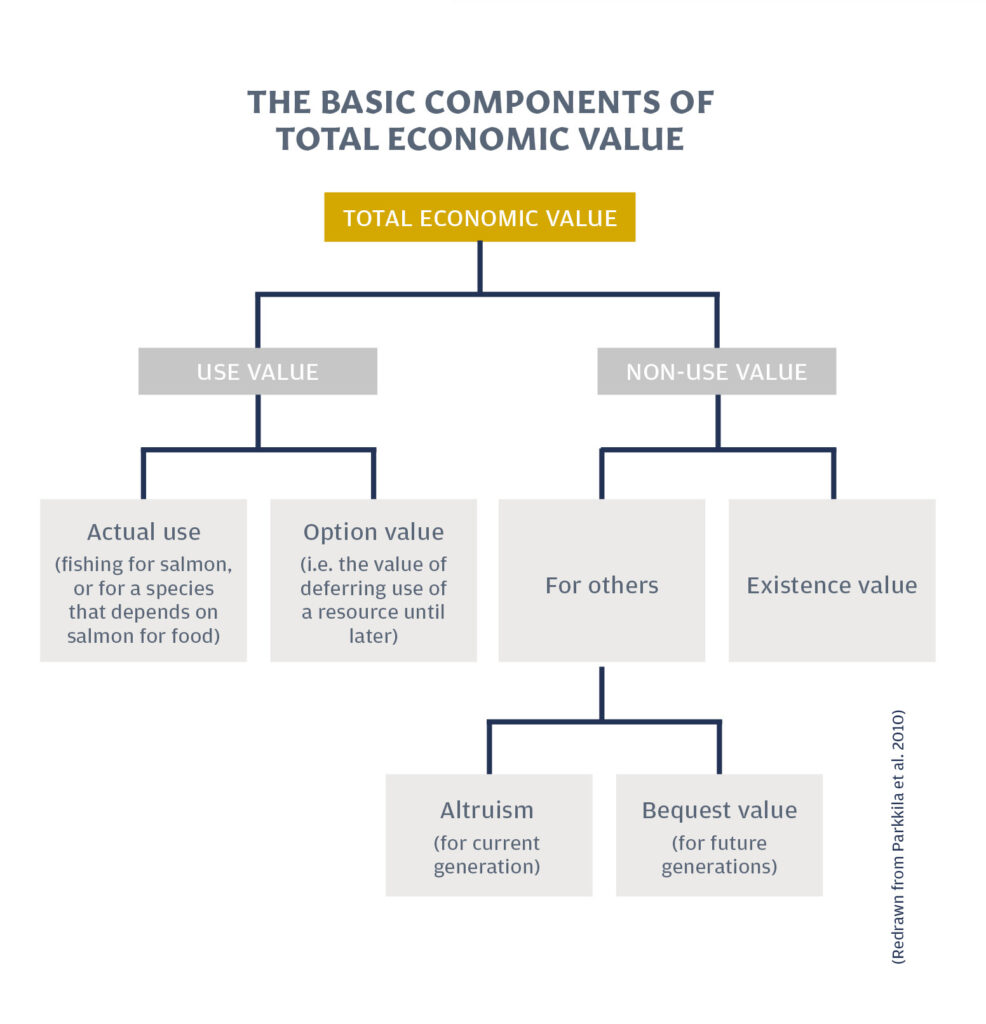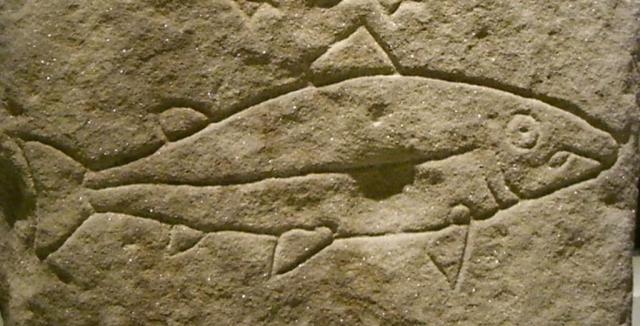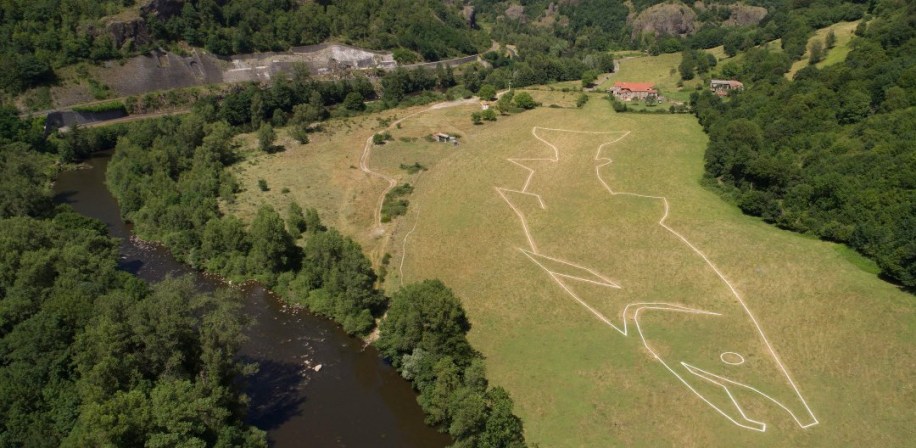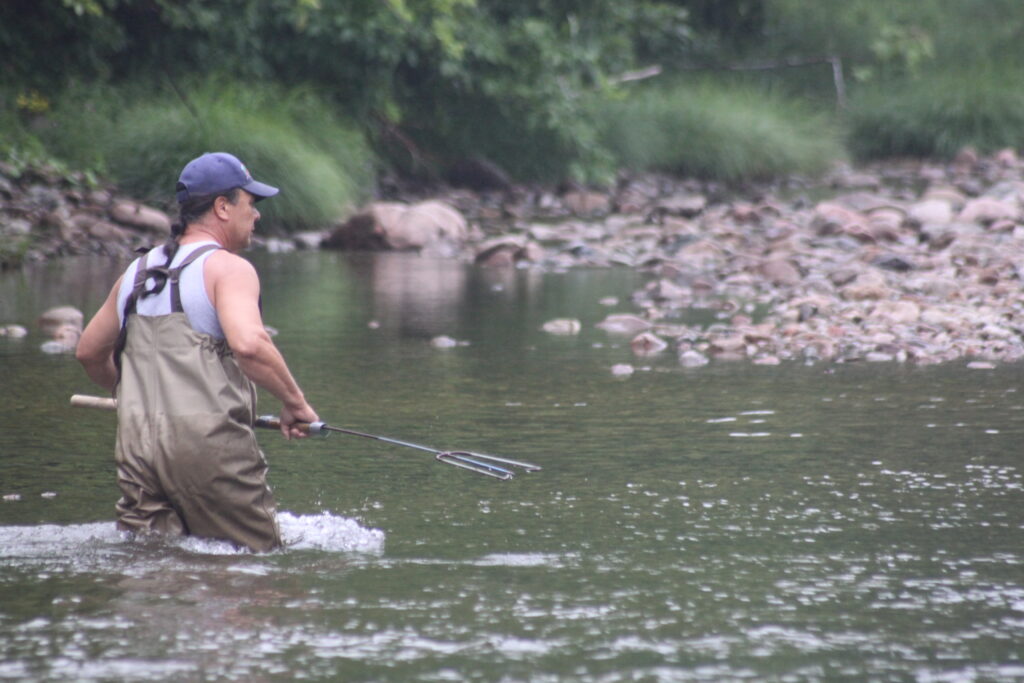The Value of Salmon
More than a Fish
Throughout their range, wild Atlantic salmon provide society with a host of values, benefits and ecosystem services that, together, touch us economically, socially and culturally.

Fishing is perhaps the most obvious example of salmon bringing value to people. In this regard, salmon contribute to the quality of life of many people around the North Atlantic both materially – as food and an economic driver – and non-materially, through the experiences gained from different forms of fishing.
Salmon fisheries themselves contribute on both counts. While net and trap fisheries provide high quality food for subsistence in local and indigenous communities, and through now limited commercial activity, many also have a significant non-material side that contributes to quality of life. This is seen in the indigenous food, social and ceremonial fisheries of Eastern Canada, and in heritage fisheries elsewhere that involve unique local fishing methods.
Other salmon-related activities also contribute to people’s quality of life. On the River Suldalslågen in Norway, it is possible to swim with salmon as part of guided salmon ‘safaris’, while in many countries salmon can be seen leaping at dams and waterfalls – a natural attraction that draws visitors and photographers alike.

Atlantic salmon have a long association with spiritual and religious experiences. The species appears in folk tales, such as the Mabinogion in Wales, and as the Salmon of Wisdom in Ireland. Similarly, salmon have provided inspiration for many forms of artistic expression, and are often included in heraldry, coats of arms and place names. In Scotland, the arms of the Royal Burgh of Peebles feature three salmon on a red field and the motto Contra Nando Incrementum – Latin for ‘There is growth by swimming against the stream’, which refers to migrating salmon in the nearby River Tweed.

If local knowledge and culture are to survive, then traditions need to be practiced, which in turn relies on the continued abundant presence of salmon. Similarly, the economic significance of Atlantic salmon depends directly on the surplus and indirectly on the values placed on the utilisation of that surplus.
For centuries, fjords and rivers along the North Atlantic coastline have sustained indigenous communities with returning salmon, making the species an integral part of their culture, identity, diet, economy, social relations and spiritual practices. The Mi’kmaq fear the loss of traditional food and cultural values as a result of the declining salmon populations and the conservative harvest regulations imposed upon the fishery. This situation can be found with indigenous communities across the range of Atlantic salmon from the Inuit in northern Canada and Greenland to the Penobscot in the United States.

The Social, Economic and Cultural values of wild Atlantic salmon. A review of the literature for the period 2009-2019 and an assessment of changes in values’ was published by NINA in 2019.
